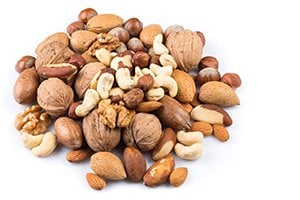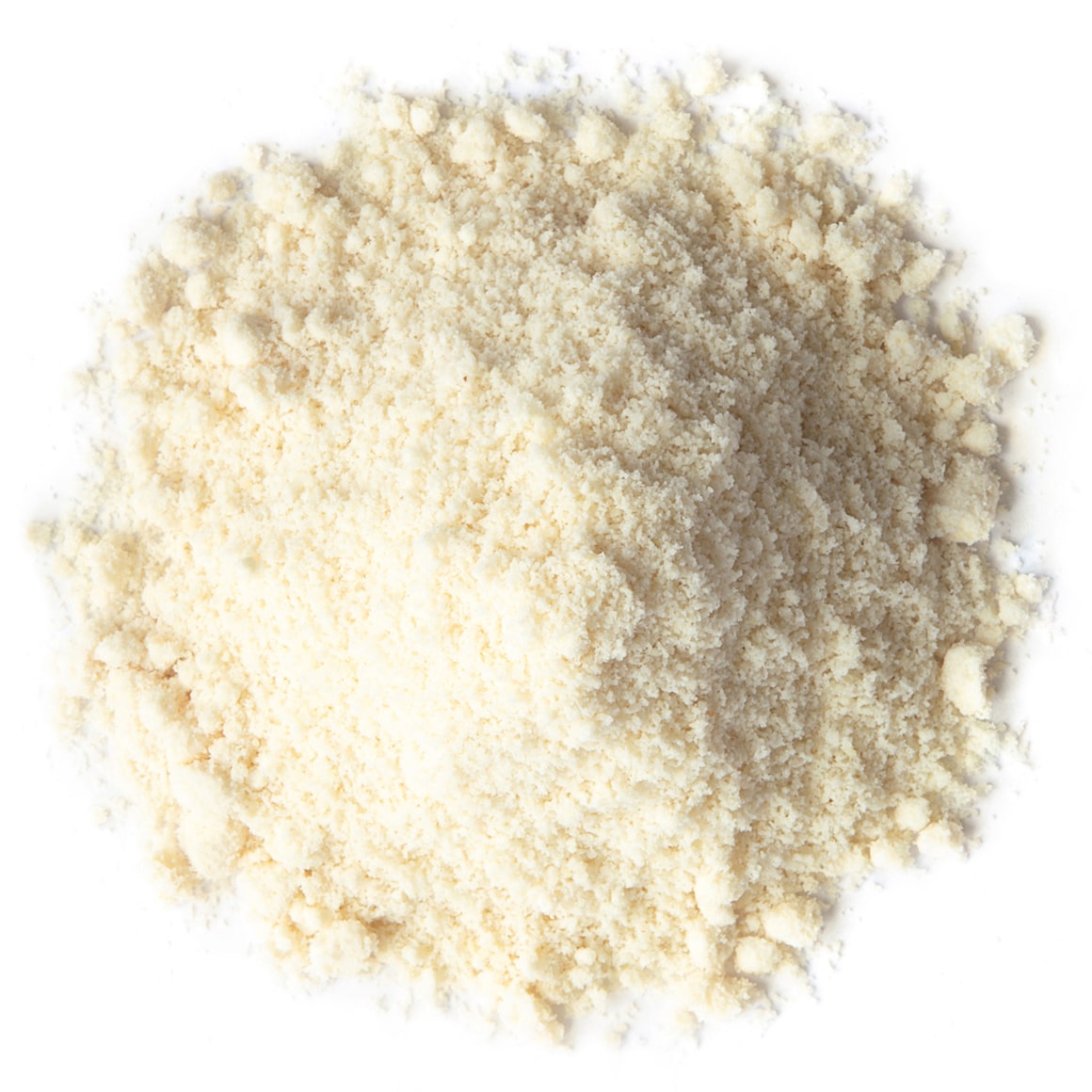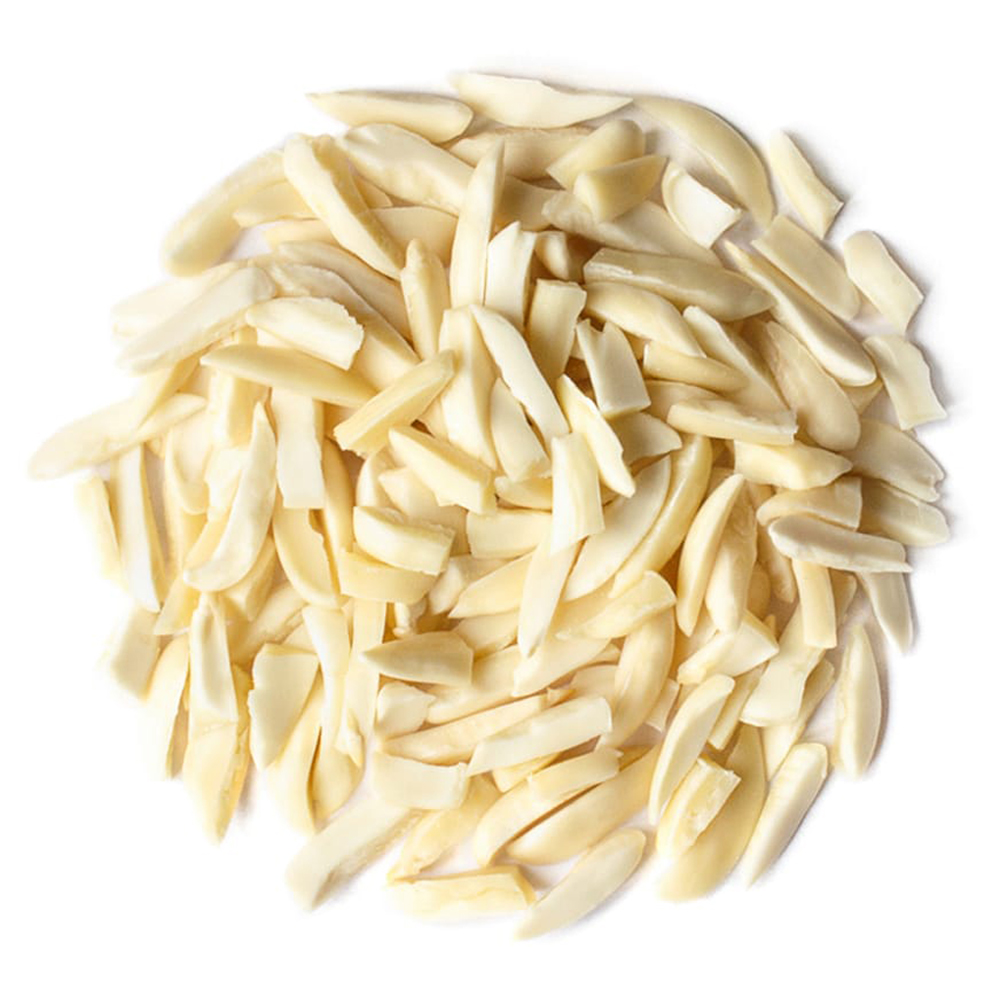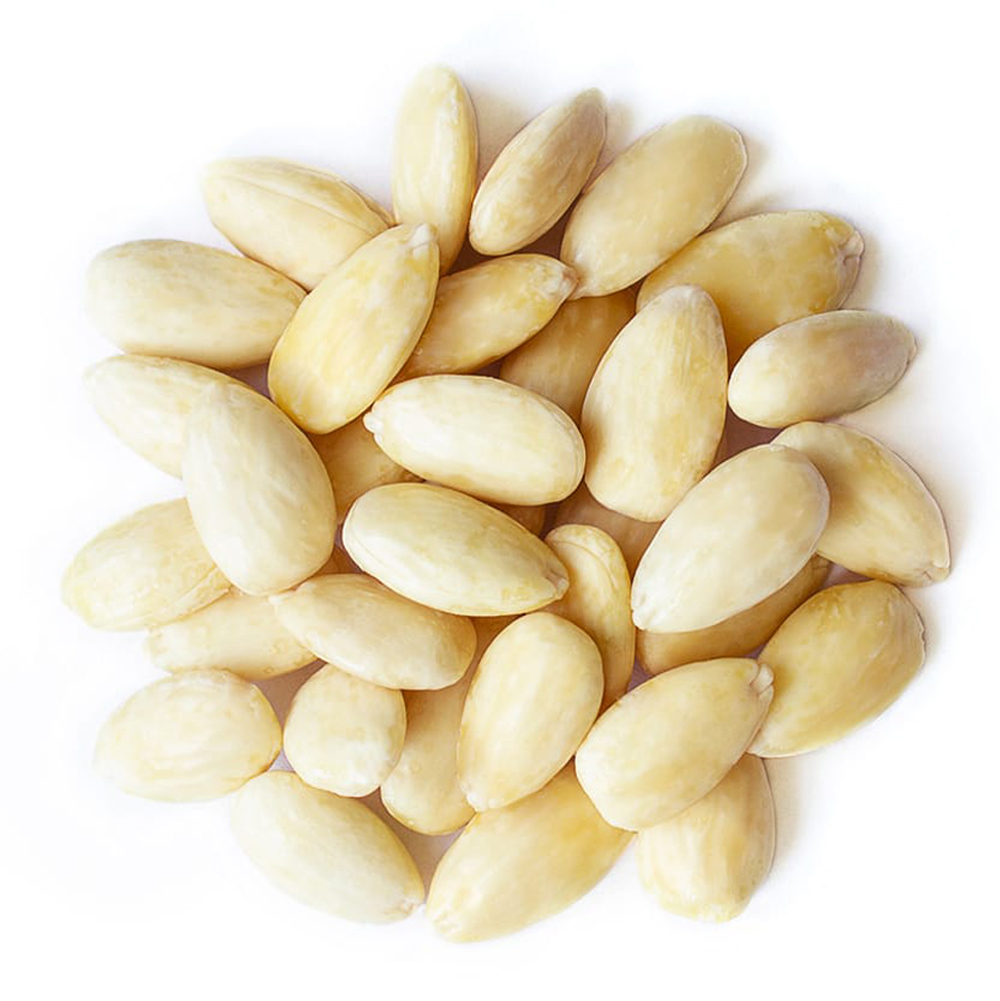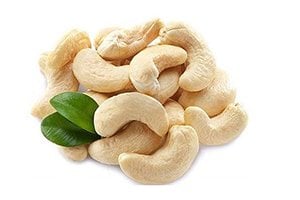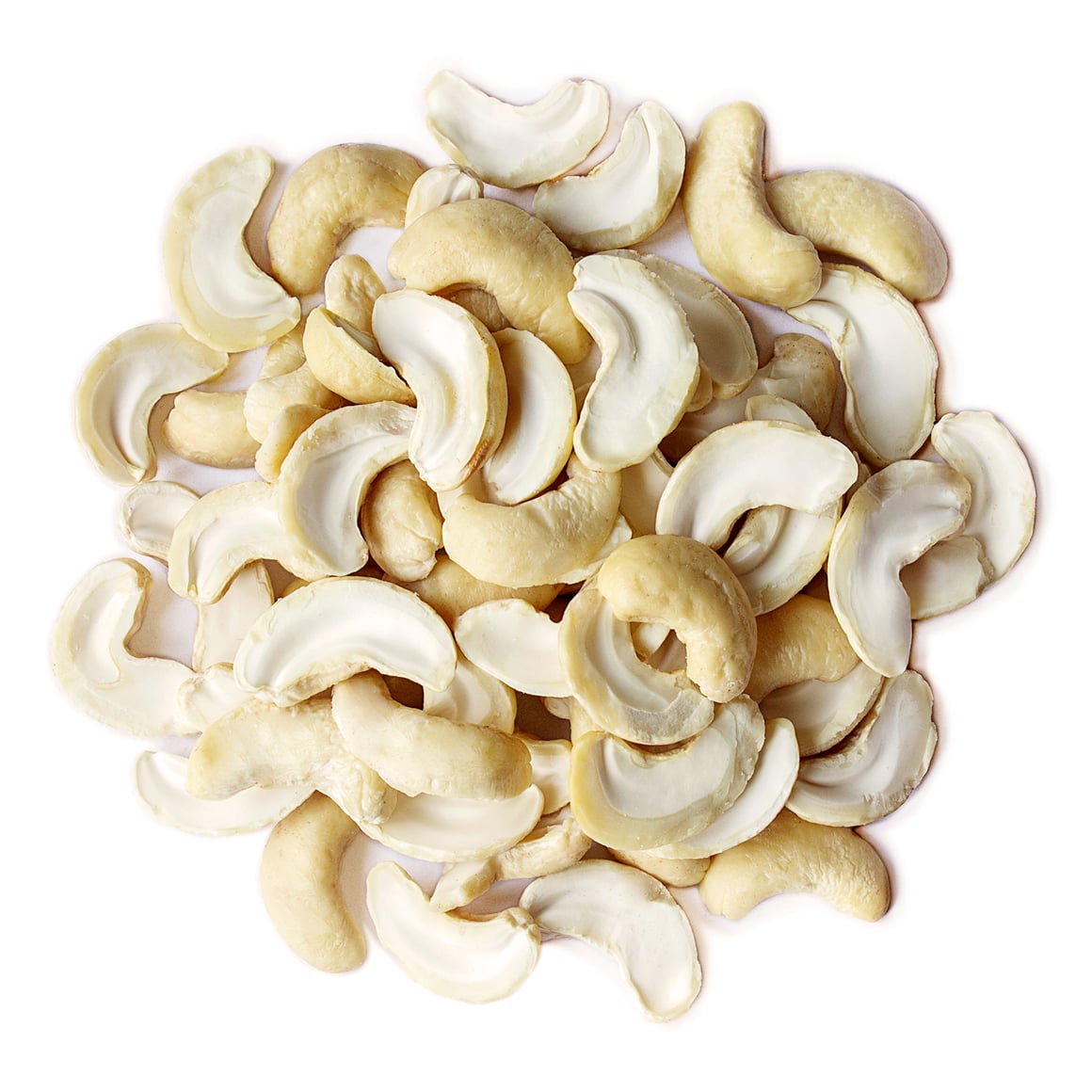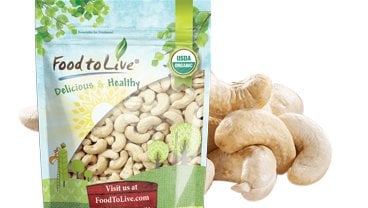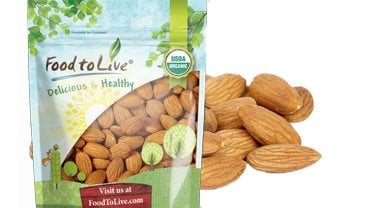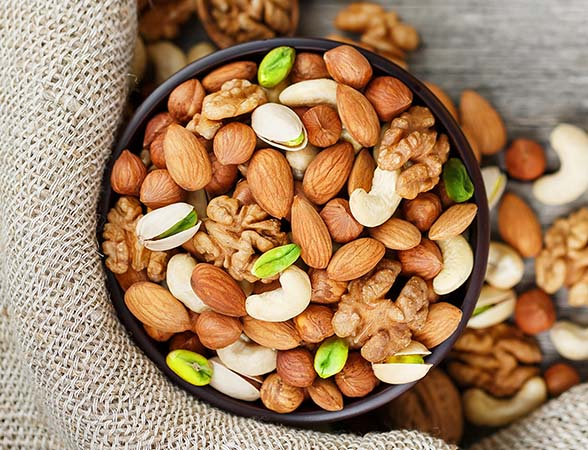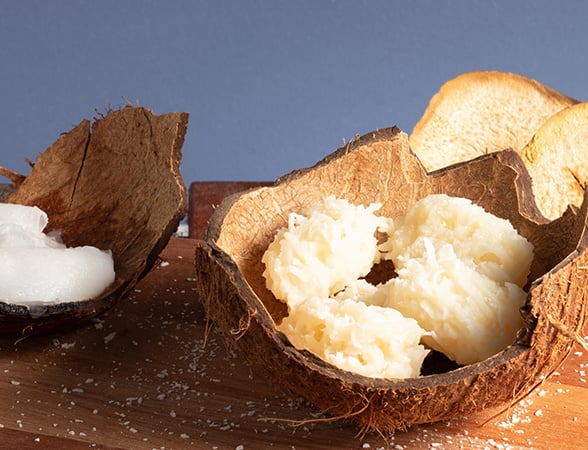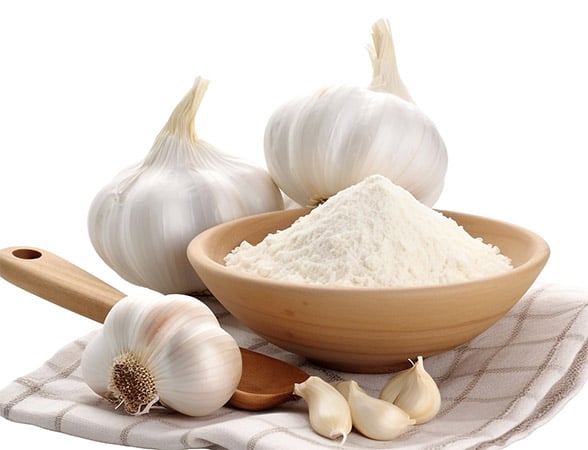August 22, 2018 · Written by Foodtolive Team
Almond vs. Cashew: Nutritional Comparison
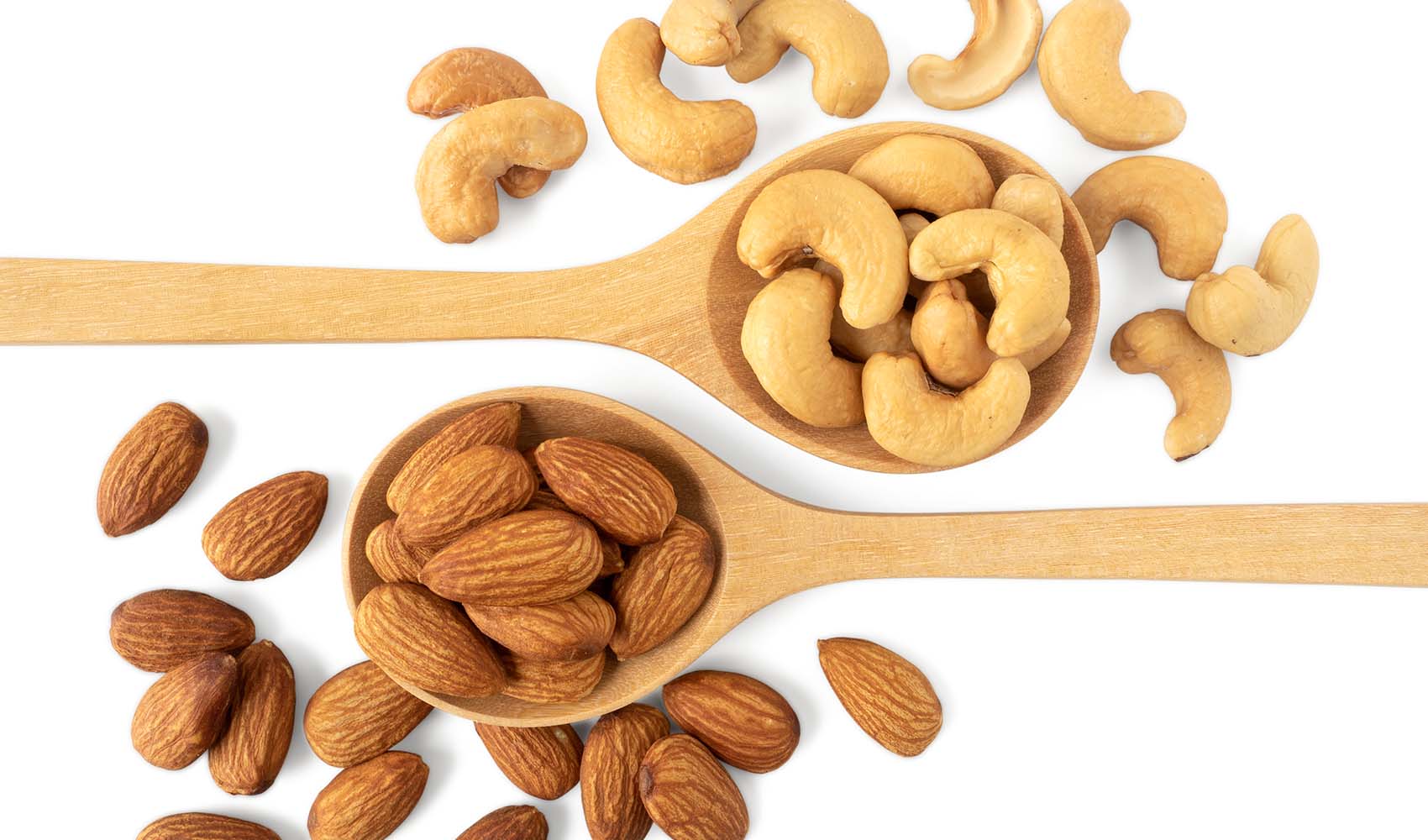
Going nuts over nuts? Can’t blame you, nuts are delightfully delicious and nutritious. It’s a convenient on-the-go nutrient-packed snack when you need to feed your body but has little time to grab lunch. They are gluten-free, rich in essential vitamins and minerals to keep your body in great shape. In like manner, almonds and cashews are one of those loved nuts that are readily available in the market. These bite-size munchies are dense in nutrients and with great health benefits as well. However, some nuts differ from each other when it comes to its nutritional composition and in bringing various health benefits so it will be worth to know which one suits your health condition when adding nuts to your diet.
To be able to distinguish which one of these two nuts are able to boost your health to the max, these nutritional comparison guide between almond and cashew will give you a clear and concise overview of some of their similarities and notable differences.
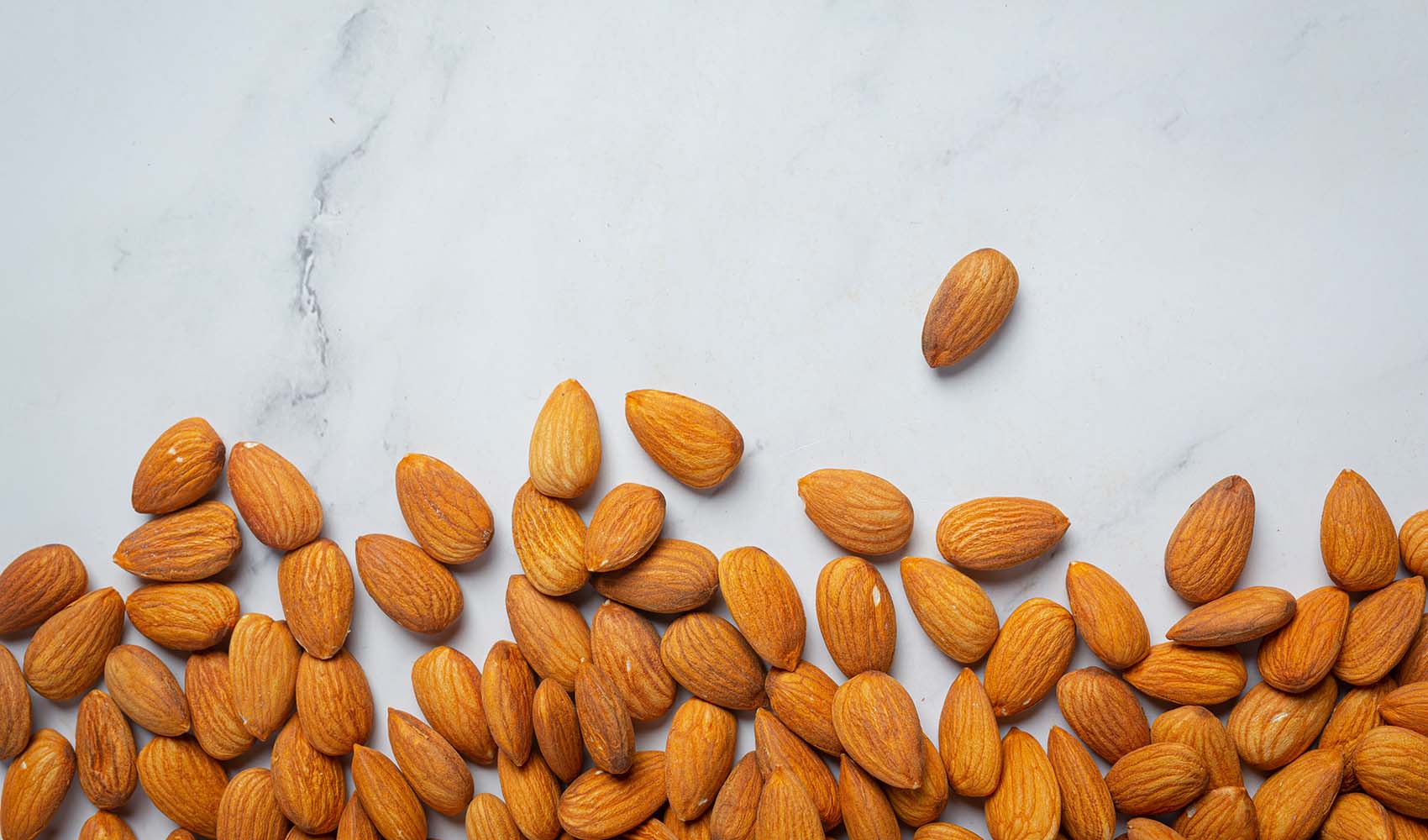
ALMOND
Almonds have a rough brown outer shell with a creamy white interior. It is a species of almond tree native of Middle East, India and North Africa that is technically a seed of the fruit of the almond tree and not a nut. Almonds can be eaten as its own, raw, toasted or roasted and available in flakes, slivered, and sliced. Almonds are processed in the form of flour, oil, butter, and milk.
1. Fasts and Calories
Almond is a good source of monounsaturated fatty acid which is a healthy kind of fats that is heart protective. A handful of serving of almond or about 23 whole almonds will give you 164 calories and a full one ounce of almonds contain 14 grams of healthy fat. These healthy fats give support to heart health that lowers down blood pressure, bad cholesterol and prevents cardiovascular diseases.
2. Protein
Almond is a good source of plant-based protein. One almond contains 0.25 grams of protein. One serving size of almond which is around 1 ounce or equivalent to 23 whole almonds will give you little less 6 grams of protein. Although almonds do not contain all of the amino acids, it is advisable to eat almonds together with other high protein sources to meet your protein intake requirements and ensuring that you’ll get good quantities of essential amino acids. It is recommended that men should consume at least 56 grams of protein while women should consume 46 grams and pregnant and nursing women should consume 71 grams of protein a day according to The Institute of Medicine. Protein is important in repairing, restoring and maintaining health to almost every part of your body including muscles, skin, hair, blood, and organs.
3. Other beneficial nutrients
Almonds also contain fiber and other necessary nutrients. You can get 1 gram of dietary fiber to 10 almonds and a full one-ounce will give you 3.5 grams of fiber. Women should aim for 25 grams of fiber a day while men should have 38 grams of fiber a day in their diet. Almonds also are a source of calcium, iron, magnesium, phosphorous and a great source of vitamin E and other antioxidants that nourish the skin and reduce signs of aging.
Sponsored by Food to live
4. Health benefits
Aside from the vitamins and minerals that almond contains, it is also loaded with anti-oxidants specifically flavonoids that are concentrated in their outer brown skin which works with vitamin E to improve on artery health, reduce inflammation, and plaque build-ups thus preventing heart attacks and cardiovascular diseases. Almonds are brain foods as it contains riboflavin and L- carnitine. It helps in improving brain activity and prevent cognitive decline that can cause brain disorders as dementia and Alzheimer’s disease. Almond’s rich supply of monounsaturated fats helps to release the glucose slowly into the bloodstream that helps in managing blood sugar and prevents insulin resistance. It minimizes the other diabetes symptoms such as unhealthy body weight, inflammation and high levels of oxidative stress. Another benefit that you can get in almonds is weight loss because of its great dietary fiber and healthy fats. It can make you feel full which helps in curbing overeating and unhealthy snacking.
Almonds have gamma-tocopherol which is a type of vitamin E also acts as a powerful antioxidant that helps fight free radical damage and oxidative stress that links to cancer.

CASHEW
Cashew nuts have a cream color and smooth texture. It comes in the tropical evergreen cashew tree that is a native of Brazil which produces the cashew apple and cashew seed that is considered most often as a nut in a culinary way. The cashew tree is a native of Brazil. Cashew nuts have traveled to Africa, Asia and India being the major producers of it. The cashew nuts can also be eaten on its own, raw or toasted, use in recipes and processed as butter and cheese.
1. Fats and calories
Cashew nuts are high in fats and calories like most nuts are which means that they are also very energy dense. An ounce of cashews has 13 grams of total fats by which it represents 117 calories. On the positive side, cashew delivers a healthy unsaturated fat and has zero cholesterol. About 60% of the fat comprises monounsaturated fat and another 17% consist of polyunsaturated fat. This means that it lowers down the bad cholesterol in the bloodstream and increase the good cholesterol in the blood.
2. Protein
Cashew is good snacking to keep up with your protein intake. Both the fiber and protein in cashew will make you feel full for a longer period. The amount of protein in cashew nuts comprise of 5 grams in one ounce of serving or 18 cashew nuts that are oil-roasted and the amount doesn’t change even if it’s dry roasted. However, it is still advisable to opt for the dry roasted as to avoid some unnecessary fat. As with all other plant-based protein that comes from nuts, whole grain, and beans, cashew nuts are also lacking one or more essential amino acids. But even though cashews are incomplete with amino acids, you can still eat it together with different plant source protein such as wild rice and black beans which you can get all essential amino acids throughout the day.
3. Other beneficial benefits
Even if cashew nuts have a small amount of fiber, it has a powerhouse of essential vitamins and minerals that help in keeping good bodily function. These include vitamin E and K, phosphorous, copper, zinc, magnesium, iron and selenium.
Sponsored by Food to live
4. Health benefits
Incorporating cashew nuts on your regular diet can lower down the risk of developing cardiovascular diseases because of the arginine that is present in cashew nuts that protect the inner lining of artery walls thus it lowers down blood pressure and reduce bad cholesterol in the blood.
The copper and iron in cashew work as a tandem to form and utilize the red blood cells that result in a healthy and properly functioning blood vessel, immune system and bones.
Cashew also helps in maintaining good eyesight. It has lutein and zeaxanthin that protects the eye from light damage and can reduce the incidence of cataracts.
It also helps in weight loss. Replacing animal protein and fats with the mono and polyunsaturated fat that is found in cashew nuts is a great way to maintain an ideal weight, lessen the build-up of fat and cholesterol in the heart.
Consumption of cashew has been linked to cancer prevention. Cashew nuts contain proanthocyanidins which is a class of flavanols that can actually starve tumors and help cancer from dividing.

CONCLUSION
Without a doubt, almonds and cashew nuts are versatile and healthy nuts that are packed with all the essential vitamins and minerals. Doing the nutritional comparison between these two can make you decide which is which to include in your diet or perhaps you can both add them to reap its awesome health benefits and help you out on your quest for better nutrients to give to your body.

